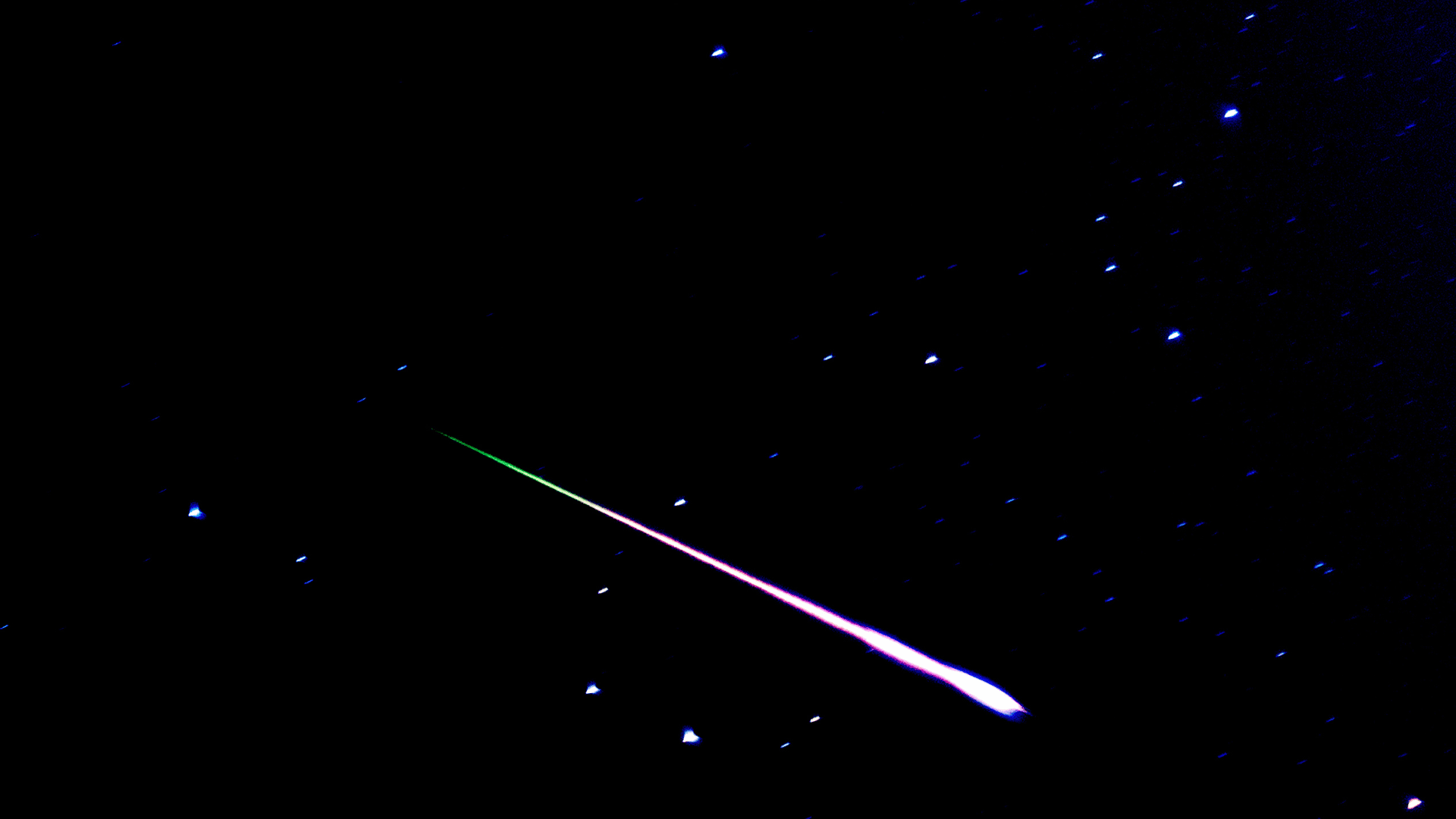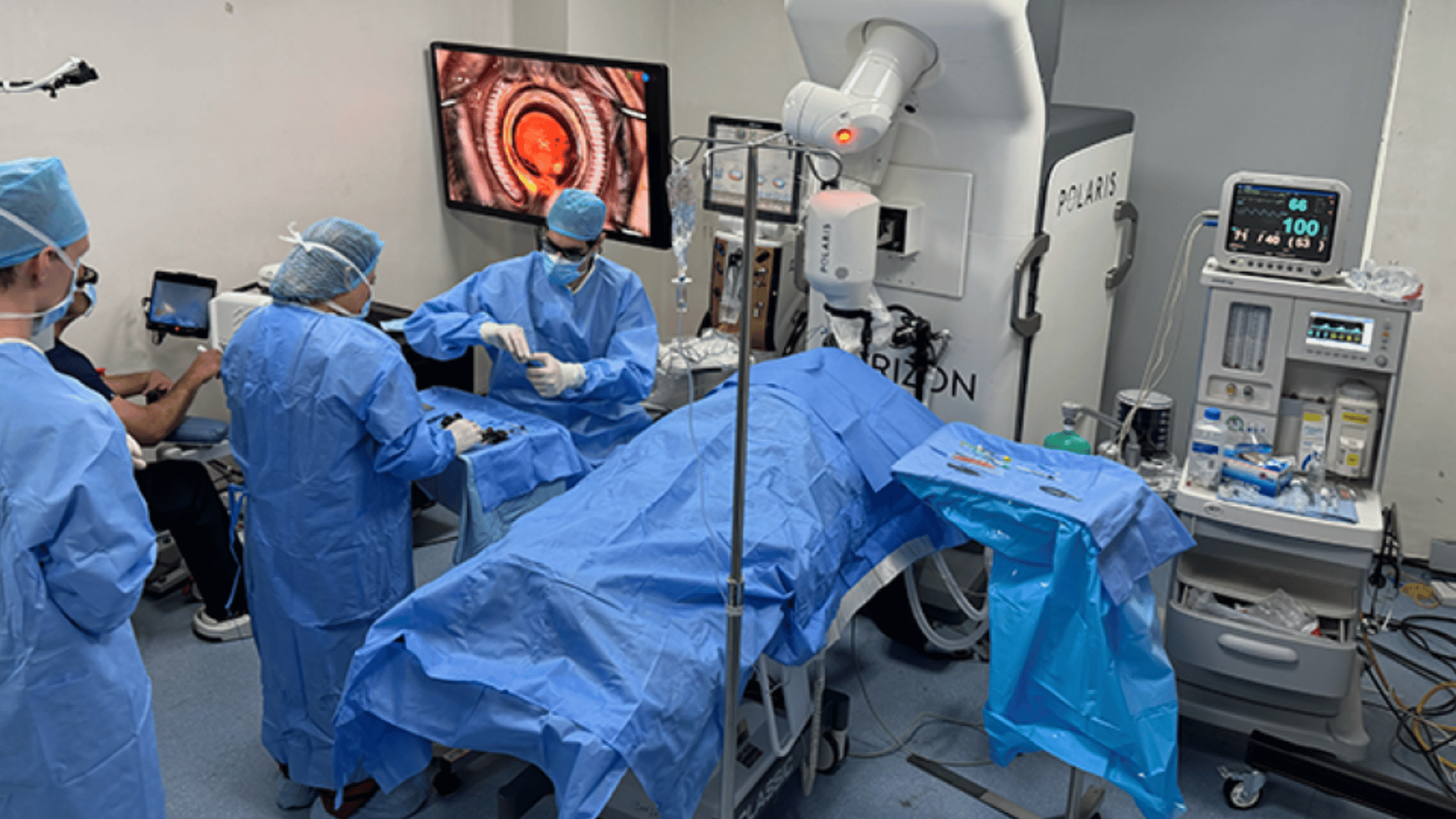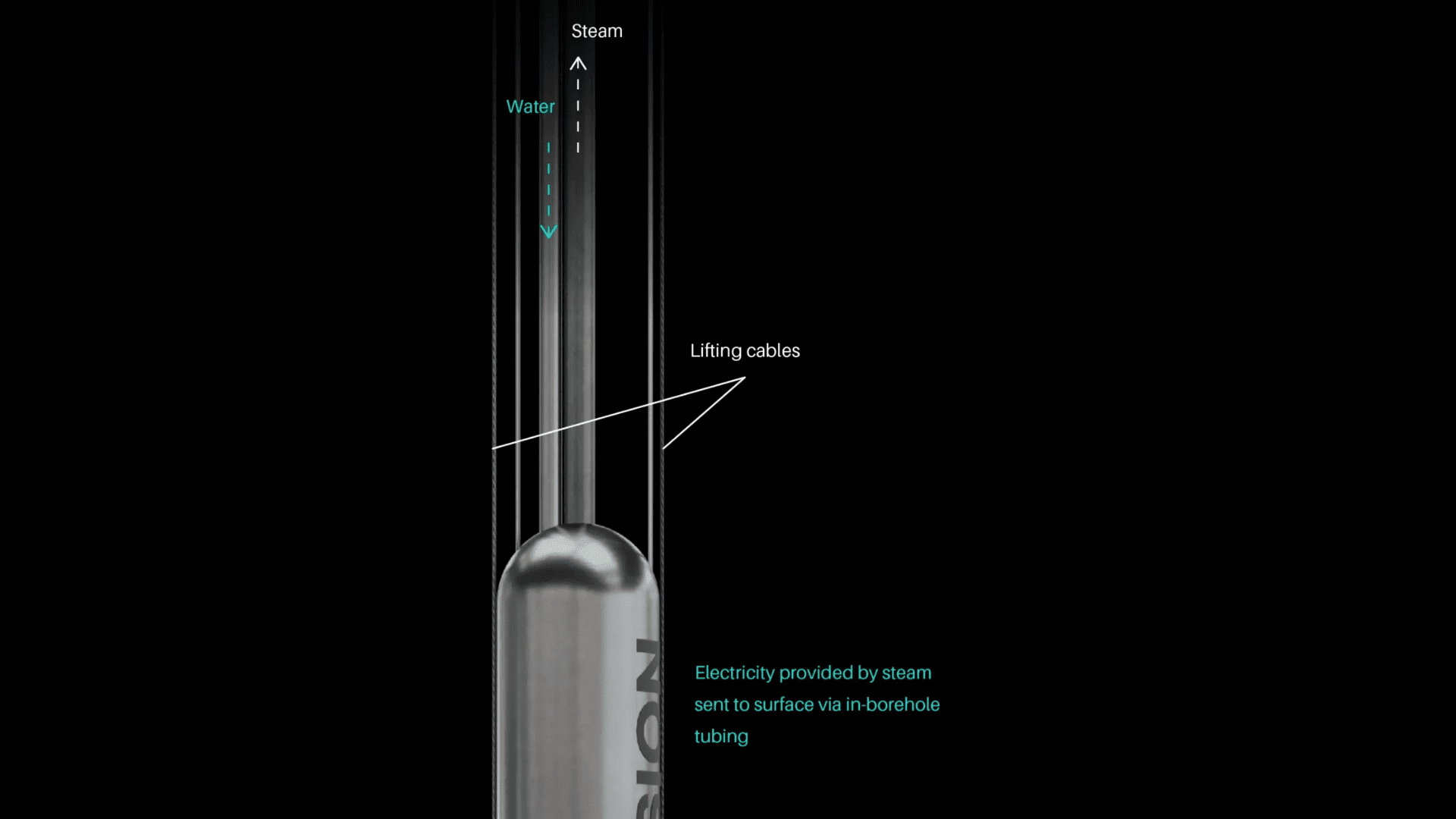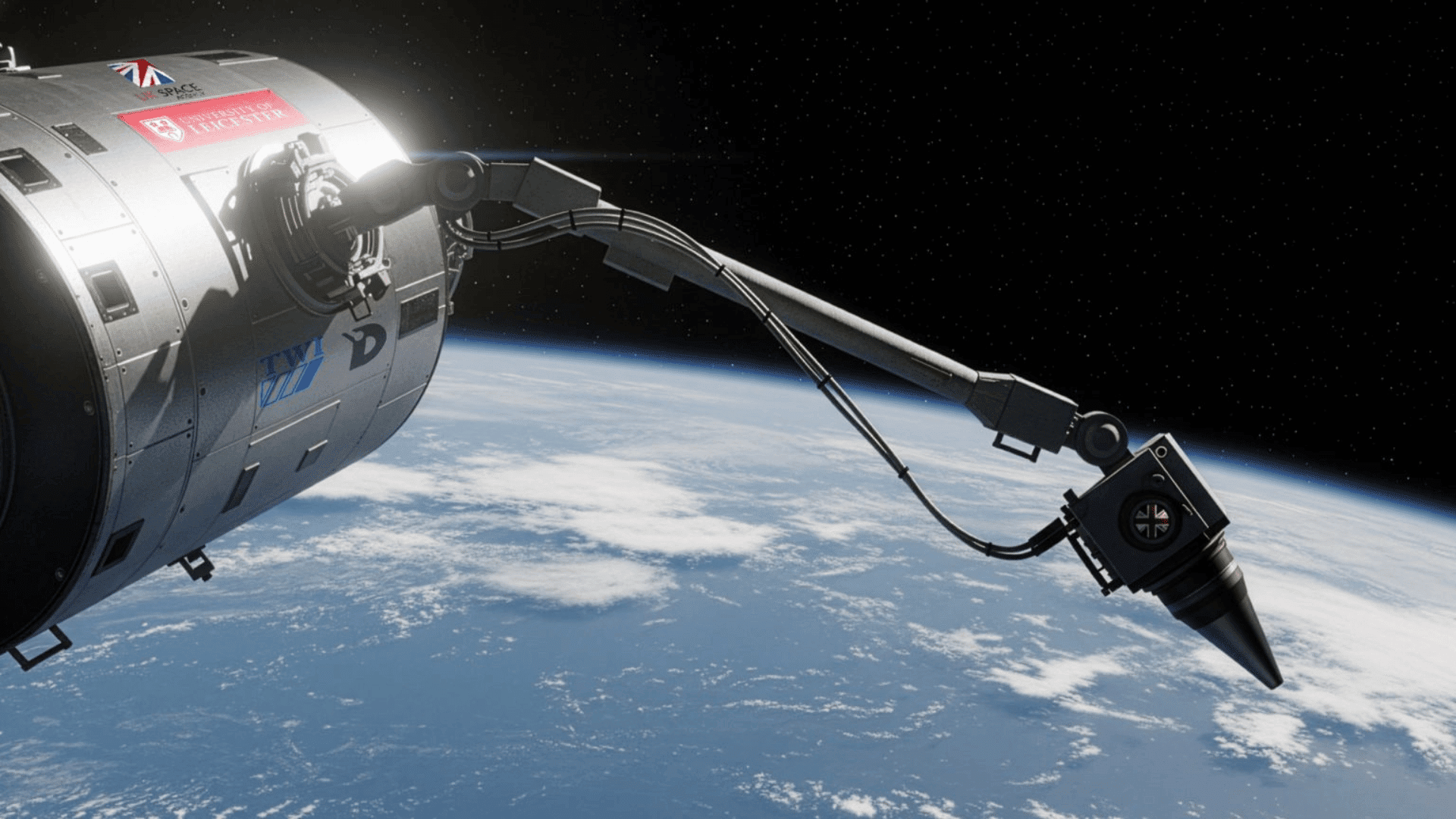The Aquarid meteor shower peaks tonight, May 5, and continues into tomorrow morning, May 6. It’s one of Earth’s most breathtaking light shows, and the meteors are descendants of Halley’s comet.
According to NASA, the best place to catch the natural light show is in the Southern Hemisphere. The agency says this region will see the highest number of shooting stars. However, NASA says that the Northern Hemisphere will still see some action, with about 10 shooting stars per hour.

Eta Aquarid meteor showers happen every year but peak in early May. This year, the meteor shower occurs from April 20 to May 21, 2025 (Peak night: May 5-6). For stargazers, the best time to catch a glimpse of the meteor showers is the early morning before the sun comes up on May 6.
NASA has a couple of reminders for stargazers during the meteor shower. First, get away from light pollution, including city and street lights. Next, be prepared and come with something to lie down on, such as a sleeping bag, blanket, or lawn chair. Finally, get to your stargazing spot early because your eyes will finally adjust after about 30 minutes in the dark.
In the Southern hemisphere, you’ll see about 50 meteors per hour during the meteor shower’s peak. As mentioned, that number is around 10 per hour in the Northern hemisphere.
Meteors From Halley’s Comet
According to NASA, the space debris that causes the Eta Aquarids originates from Comet 1P/Halley. Every time Halley enters the inner solar system, it sheds a layer of ice and rock, eventually becoming the meteors in the Aquarid shower in May and the Orionid showers in October, if they collide with the Earth’s atmosphere.
Halley’s Comet orbits the Sun once every 76 years. The last time observers witnessed it was in 1986, and it won’t enter the inner solar system again until 2031.
Comet Halley has a significant role in history. In 1705, it became the first comet whose return was predicted using Isaac Newton’s theories on planetary motions and gravity. The comet gets its name from astronomer Edmond Halley, who predicted its return.
The Aquarid Meteor shower is a unique opportunity to see the remnants of Halley’s comet.







